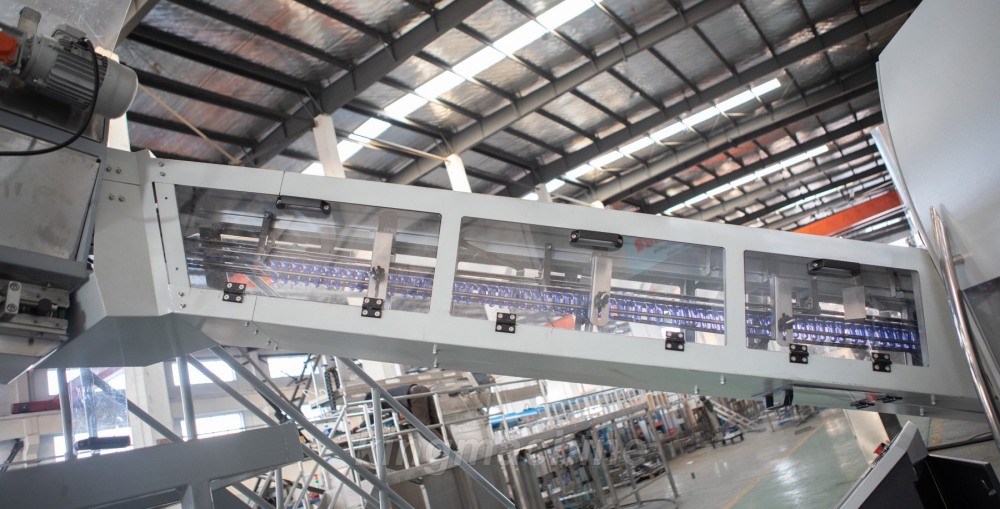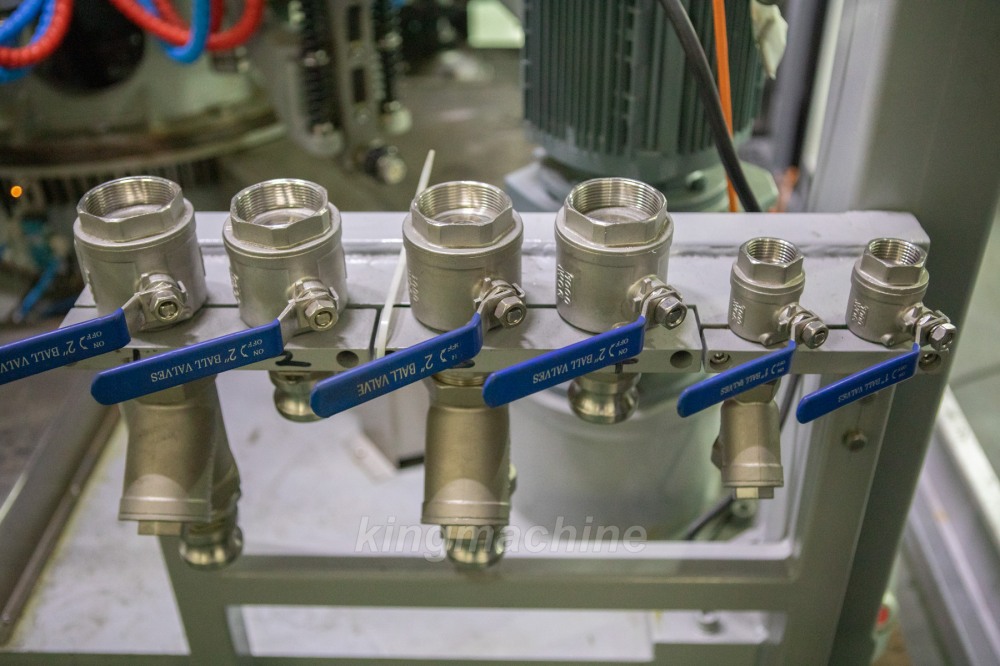In today’s fast-paced manufacturing world, efficiency and precision are paramount. Filling and capping machines are vital pieces of equipment in industries such as food and beverage, pharmaceuticals, cosmetics, and chemicals. These machines automate the process of filling containers with liquid or semi-liquid products and sealing them with caps or lids. By doing so, they ensure product consistency, minimize human error, and improve production efficiency. This article delves into the function, components, benefits, applications, and types of filling and capping machines, offering insight into their crucial role in modern production lines.

What is a Filling and Capping Machine?
A filling and capping machine is an industrial tool designed to automate the processes of filling containers with products and sealing them with appropriate caps. These machines are used across various industries, including food, beverage, pharmaceuticals, cosmetics, and chemicals. They play a vital role in increasing production rates while maintaining product quality, accuracy, and hygiene. By minimizing human intervention, these machines streamline packaging operations, allowing for higher volumes of products to be filled and sealed in less time.
Key Components of a Filling and Capping Machine
A filling and capping machine typically consists of two main parts: the filling station and the capping station.
1.Filling Station: The filling station is responsible for dispensing a predetermined amount of product into containers. Different methods are used to achieve accurate filling, including:
Volumetric Filling: Ensures a fixed volume of liquid is dispensed into each container.
Weight-Based Filling: Measures and dispenses liquid based on weight, ideal for products with varying viscosities.
Piston Filling: Suitable for thicker liquids or pastes, using pistons to ensure consistent volume.
Pump Filling: Typically used for beverages, oils, and other liquid products.
Gravity Filling: Relies on gravity to fill containers and is commonly used for low-viscosity liquids.
2.Capping Station: Once the container is filled, it moves to the capping station, where it is sealed with a cap or lid. The capping process may involve:
Screw Capping: Rotating mechanisms are used to screw on bottle caps securely.
Pressing Capping: The cap is pressed onto the container, often used for snap-on caps.
Crimping Capping: A crimping tool securely seals the cap, commonly used for beverages and pharmaceutical bottles.
These two stations are usually synchronized to ensure that the filling and capping processes are seamless, which helps optimize production speed and consistency.
Benefits of Using a Filling and Capping Machine
1.Efficiency: Filling and capping machines significantly improve production rates. They can handle high volumes of containers per hour, which is crucial in industries with large-scale production requirements. Automation reduces the time and labor required for these processes, allowing manufacturers to meet increasing consumer demand.
2.Accuracy and Consistency: The precision of filling and capping machines ensures that each container is filled with the exact amount of product and sealed properly. This consistency is vital, especially in industries like pharmaceuticals and food, where accurate dosage and proper sealing are necessary for consumer safety and regulatory compliance.
3.Cost Savings: By reducing manual labor and increasing throughput, filling and capping machines help manufacturers lower operational costs. The ability to operate continuously and with minimal downtime makes them a cost-effective investment in the long run.
4.Hygiene and Safety: These machines are designed to meet strict sanitation standards, which helps prevent contamination during the packaging process. In industries such as food, beverage, and pharmaceuticals, ensuring hygienic packaging is critical for maintaining product safety and quality.
5.Versatility: Modern filling and capping machines are adaptable to different container sizes, shapes, and product types. Whether dealing with liquids, pastes, or powders, these machines can be adjusted to accommodate the unique characteristics of the product and container. This flexibility makes them suitable for a wide range of industries.
Applications of Filling and Capping Machines
Filling and capping machines are used in several industries, each requiring specific configurations and capabilities. Some of the primary sectors that rely on these machines include:
1.Food and Beverage Industry: These machines are extensively used to package liquids such as juices, oils, dairy products, sauces, and bottled water. Accurate filling ensures that each container receives the correct amount of product, while the capping process preserves freshness and prevents spillage.
2.Pharmaceutical Industry: In pharmaceuticals, filling and capping machines are used to package liquid medications, ointments, and syrups. These machines play a critical role in maintaining sterility and accuracy in product filling, which is vital for patient safety.
3.Cosmetics and Personal Care: Filling and capping machines are also used in the cosmetics industry to package lotions, shampoos, perfumes, and other personal care products. Proper sealing ensures that products remain intact and free from contamination during transport and use.
4.Chemical Industry: The chemical industry uses filling and capping machines to package products such as cleaning agents, lubricants, and adhesives. The ability to handle a range of chemical formulations and maintain safety standards is a key advantage of these machines.

Types of Filling and Capping Machines
Filling and capping machines come in various configurations, depending on production needs and budget.
1.Semi-Automatic Machines: These machines require some manual input, such as loading containers or placing caps. The filling and capping processes themselves are automated. These machines are suitable for small to medium-sized production runs.
2.Fully Automatic Machines: Fully automated machines handle everything from filling and capping to labeling and packaging, without the need for human intervention. These machines are ideal for large-scale production environments where high-speed operations are essential.
3.Rotary Filling and Capping Machines: Rotary machines use rotating platforms to move containers through the filling and capping stations. This system is highly efficient, allowing for fast, continuous production.
4.Inline Filling and Capping Machines: In an inline system, containers are filled and capped in a straight line. This setup is typically used for moderate-speed production lines and offers simplicity and ease of maintenance.

How to Choose the Right Filling and Capping Machine
When selecting a filling and capping machine, several factors should be considered:
Production Volume: Machines should be selected based on the required output, whether for small or large-scale operations.
Container Types: The machine should be able to accommodate the specific shape and size of containers used in the production line.
Product Characteristics: The machine must be able to handle the viscosity, consistency, and properties of the product being filled.
Speed Requirements: Different machines offer varying speeds, so it's important to select one that matches production demand.
Budget: While fully automatic machines offer high efficiency, they also come with a higher initial cost. Semi-automatic machines might be a more budget-friendly option for smaller operations.
Conclusion
Filling and capping machines play a pivotal role in modern production lines across various industries. By automating the processes of filling and sealing containers, they enhance production efficiency, reduce labor costs, and ensure product quality. Their ability to handle a wide range of container sizes, product types, and production volumes makes them a versatile and indispensable tool in the packaging industry. Whether for food, pharmaceuticals, cosmetics, or chemicals, the right filling and capping machine can significantly improve operational performance and help manufacturers meet the demands of the market.










